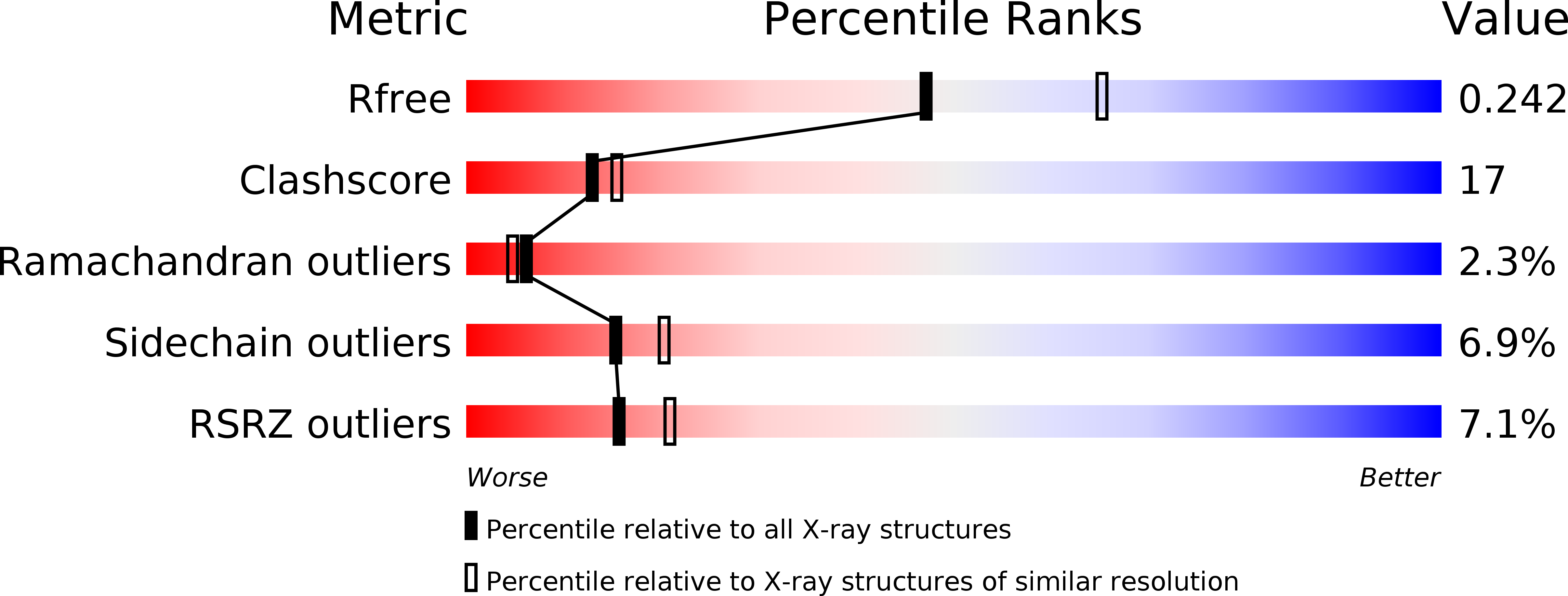
Deposition Date
2008-07-03
Release Date
2008-08-12
Last Version Date
2024-11-20
Entry Detail
Biological Source:
Source Organism:
SCHIZOSACCHAROMYCES POMBE (Taxon ID: 4896)
Host Organism:
Method Details:
Experimental Method:
Resolution:
2.30 Å
R-Value Free:
0.24
R-Value Work:
0.18
Space Group:
P 1 21 1


